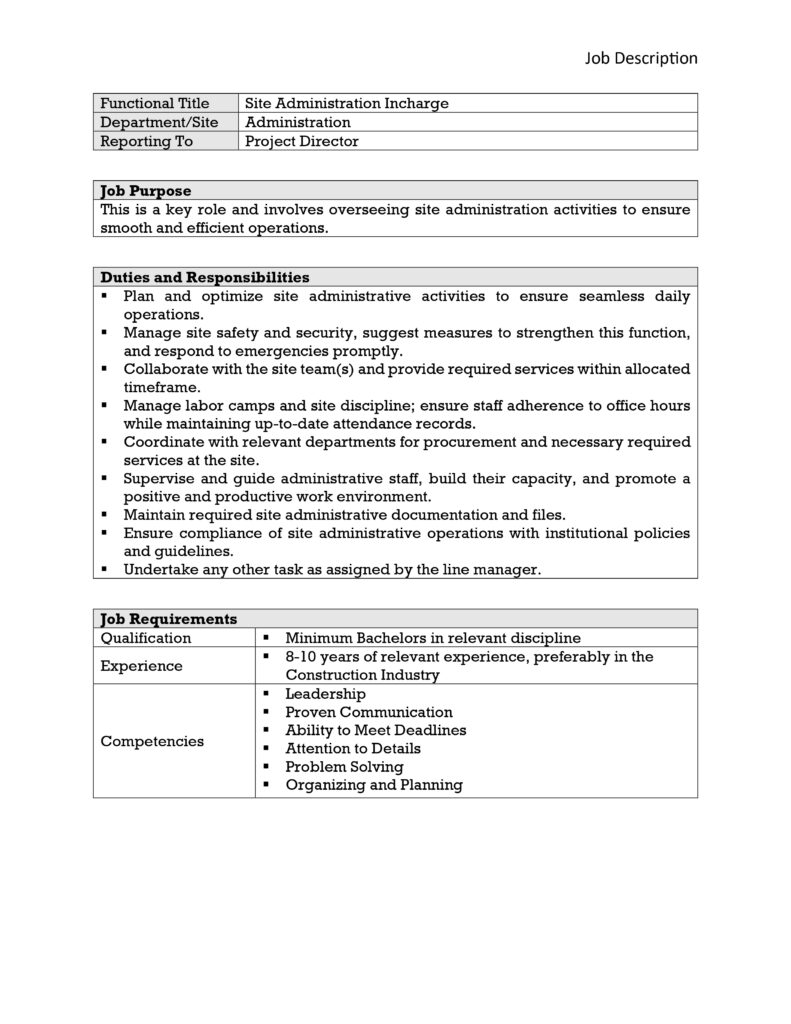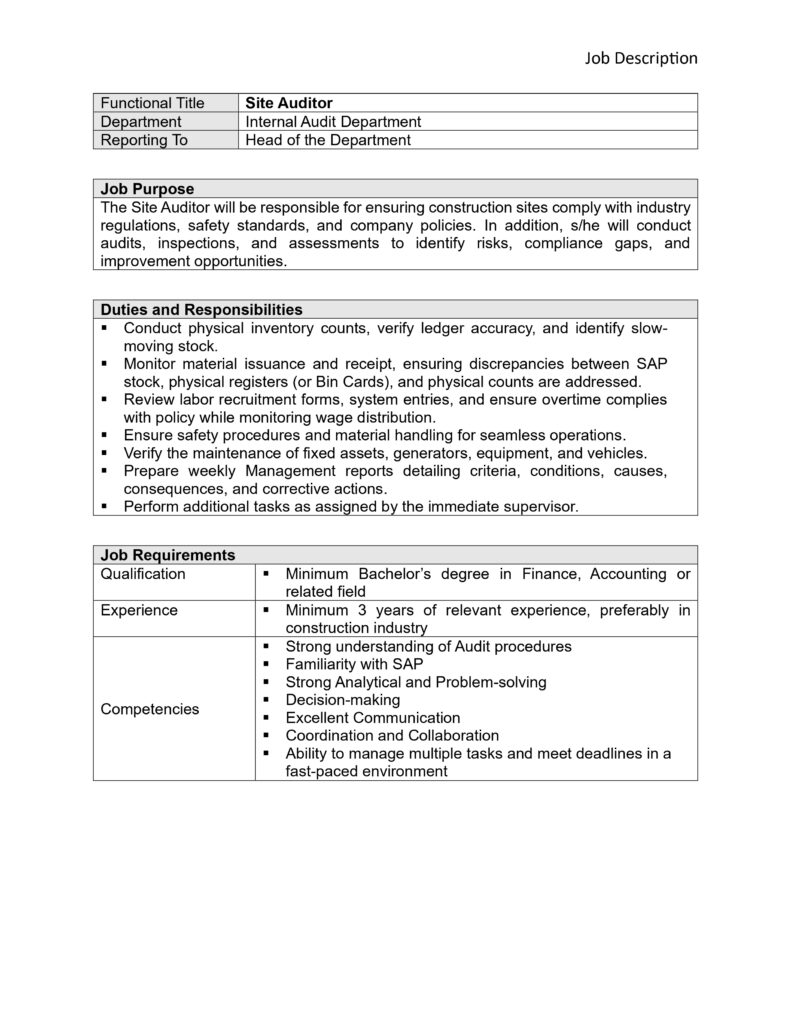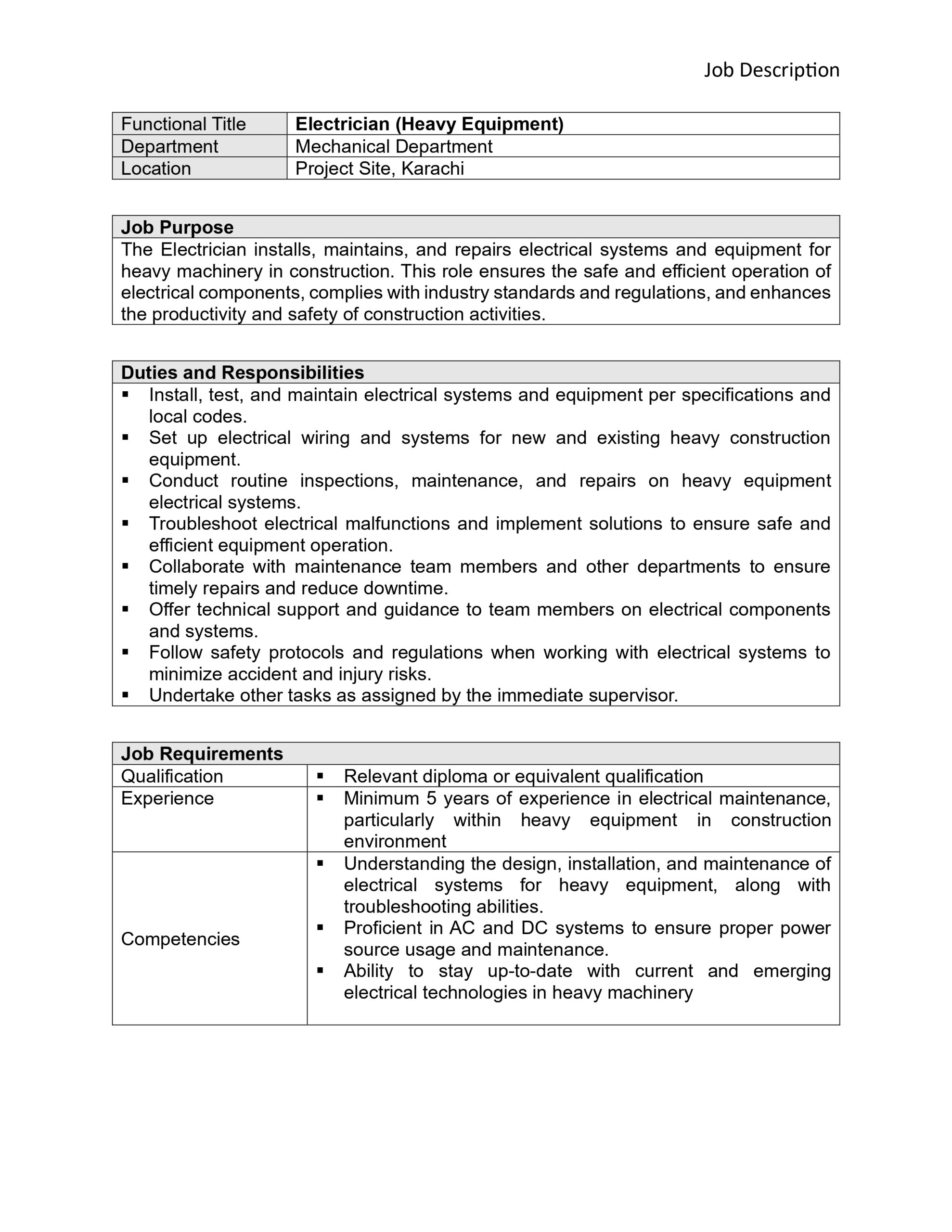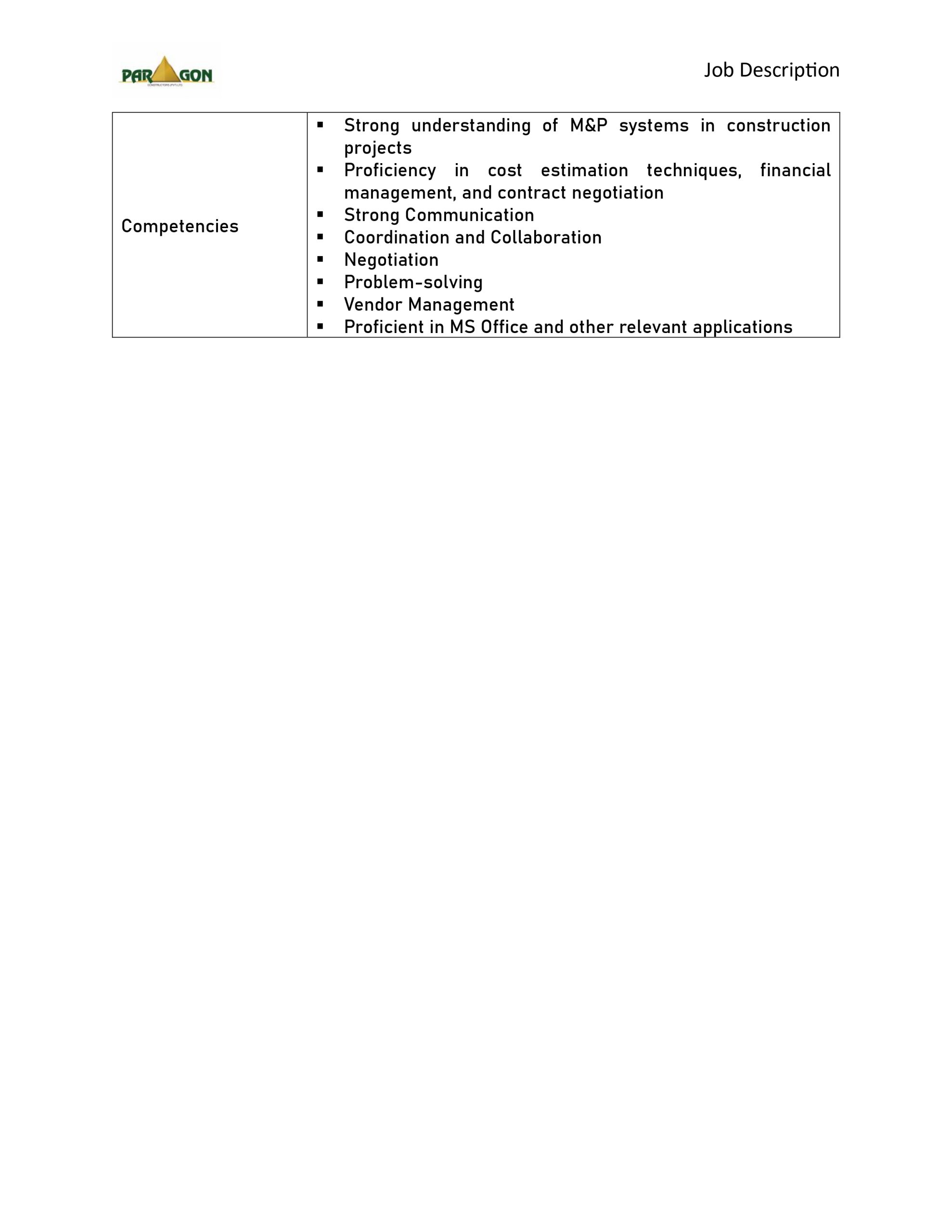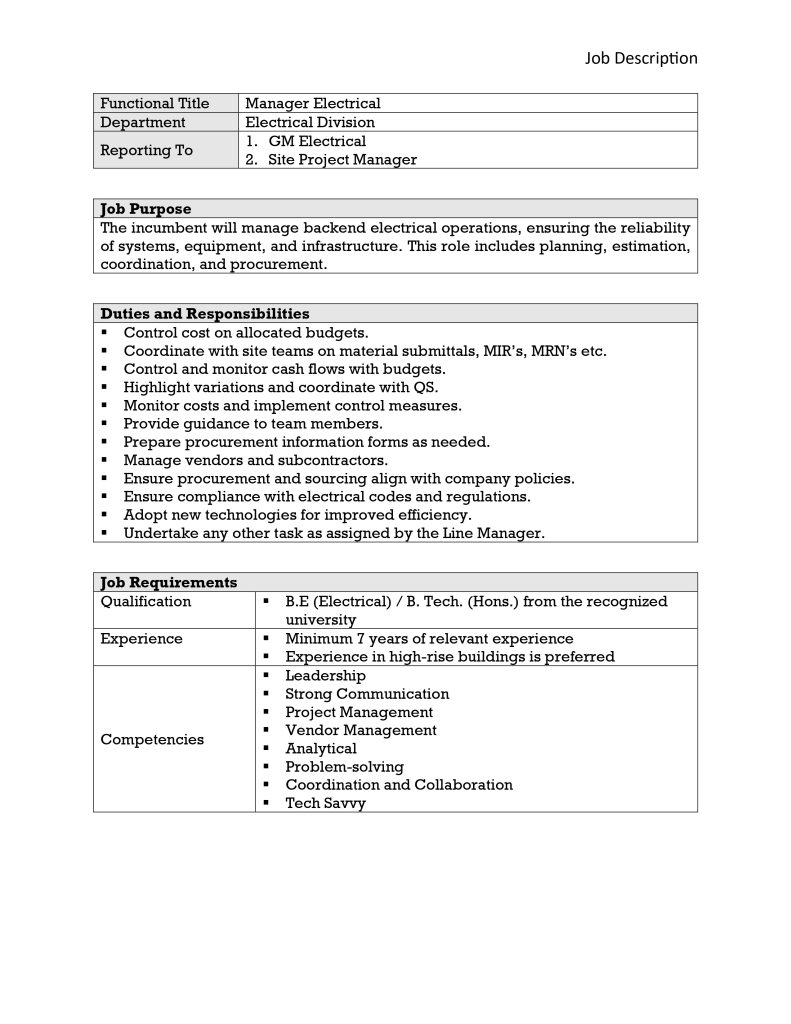Teaching Teenagers Stock Market Basics
Understanding the Stock Market
What is the Stock Market?
The stock market is a platform where investors can buy and sell shares of publicly traded companies. It operates as a network of exchanges, allowing companies to raise capital by offering ownership stakes to the public. The importance of the stock market in the economy cannot be overstated, as it facilitates capital formation, provides liquidity, and serves as a barometer for economic health.
Key Concepts in Stock Trading
- Stocks: These are ownership shares in a company. When you buy a stock, you own a piece of that company.
- Shares: A share is a single unit of ownership in a company, representing a claim on part of the company’s assets and earnings.
- Dividends: These are payments made by a company to its shareholders, usually as a portion of profits.
Market capitalization refers to the total market value of a company’s outstanding shares, calculated by multiplying the share price by the total number of shares. It is a significant indicator of a company’s size and investment potential. Stock indices, like the S&P 500 and the Dow Jones Industrial Average, track the performance of a group of stocks and provide insights into market trends. For those looking to explore ways around Gamstop, understanding market dynamics is essential.
Types of Stocks
- Common Stocks: These represent ownership in a company and come with voting rights, but dividends are not guaranteed.
- Preferred Stocks: These usually do not have voting rights but have a higher claim on assets and earnings, often receiving dividends before common stockholders.
- Growth Stocks: Companies expected to grow at an above-average rate compared to their industry.
- Value Stocks: Stocks that are undervalued and trade for less than their intrinsic values.
- Blue-Chip Stocks: Shares in large, reputable companies known for their financial stability and ability to generate reliable profits.
How to Invest in Stocks
To start investing in stocks, one must first open a brokerage account. This account serves as a platform for buying and selling stocks. There are various investment strategies, including:
- Buy and Hold: Investing in stocks for the long term, regardless of short-term market fluctuations.
- Day Trading: Buying and selling stocks within the same trading day to capitalize on price movements.
Before investing, it is crucial to conduct thorough research and analysis to understand market trends and evaluate potential investments. For those interested in included resources, there are many tools available to enhance your investing knowledge.
Risks and Rewards of Stock Trading
Investing in stocks can lead to significant gains, as stock prices can appreciate over time. However, there are inherent risks, including market volatility and the possibility of losing money. Diversification—spreading investments across various sectors and asset types—is vital to managing risk and reducing the impact of any single investment’s poor performance.
Resources for Learning More
For teenagers interested in learning about stock trading, several resources can be beneficial:
- Books: “The Intelligent Investor” by Benjamin Graham, “A Random Walk Down Wall Street” by Burton Malkiel.
- Websites: Investopedia, Yahoo Finance.
- Online Courses: Platforms like Coursera and Khan Academy offer finance courses.
Additionally, simulated trading platforms, such as Investopedia’s stock simulator, allow young investors to practice without financial risk. Seeking mentorship from experienced investors can also provide valuable insights and guidance as they navigate the complexities of the stock market. For those in Spain looking for online opportunities, exploring casinos online espana can also provide a different perspective on investment strategies.






